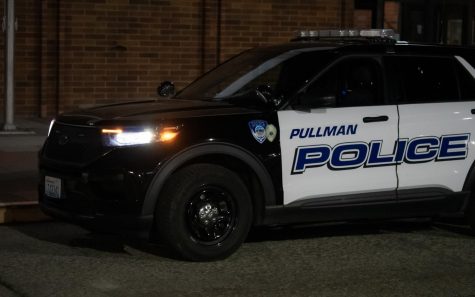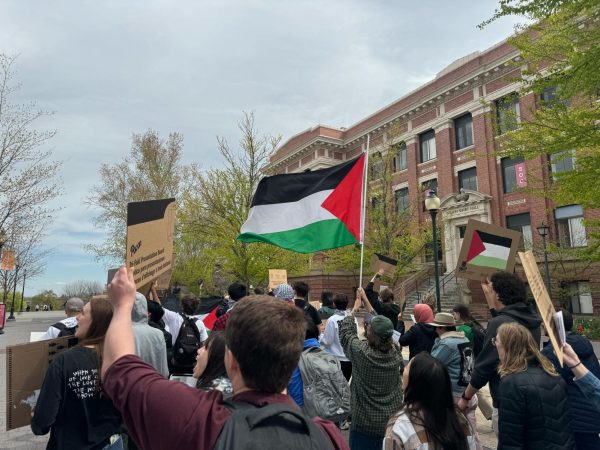Wildfire research receives $240,000 grant
October 29, 2015
Faculty from the University of Idaho and Boise State University are collaborating on a three-year statewide grant research program to assist local communities with wildfire hazard planning.
“It’s really an outreach program. It’s for helping communities be better prepared for fire,” said Jaap Vos, the program head for bioregional planning at the UI.
The $240,000 grant from the U.S. Forest Service’s Landscape Scale Restoration Project and the Idaho Department of Lands will be used to implement a three phase research and outreach process.
Thomas Wuerzer, an associate professor at Boise State University’s department of city and regional planning, believes that a community specific approach is the most effective way to address the planning and education needs of Idaho.
“It has to be localized and community specific,” Wuerzer said. “We believe two universities are the best messengers to reach those communities.”
Tyre Holfeltz, community fire program manager at Idaho Department of Lands, said the end goal of the program is to bring information to government entities from a policy and educational standpoint.
“It’s a two-prong effort to get people to modify their efforts, so we hopefully won’t spend so much time protecting homes and spend more time engaging the fires where they’re at,” Holfeltz said.
The first phase of the project, which will begin in a few weeks, is information gathering. Faculty from the legal department at the UI will examine the legal framework of land use policies and regulations already in place in Idaho. Wuerzer at BSU will distribute 25,000 household surveys about perceptions around wildfires and risk.
“It’s a collaboration between universities and different departments,” said UI College of Law professor Stephen R. Miller. “We’re bringing social science and legal teams together.”
Phase two of the project will use the information gathered from the legal department and surveys to develop an outreach program. The program will be employed in communities to educate stakeholders, elected officials and citizens statewide about wildfire hazards and risk planning.
“Stage two, outreach to the communities, will probably be the longest part of the process,” Vos said.
The final phase of the project will combine the research and feedback gathered from the outreach programs to create interactive workshops for emergency responders, planning directors and local level administrators.
“You can’t just write one system for all; you have to be aware of the specific needs of the communities and their resources,” Wuerzer said.




















